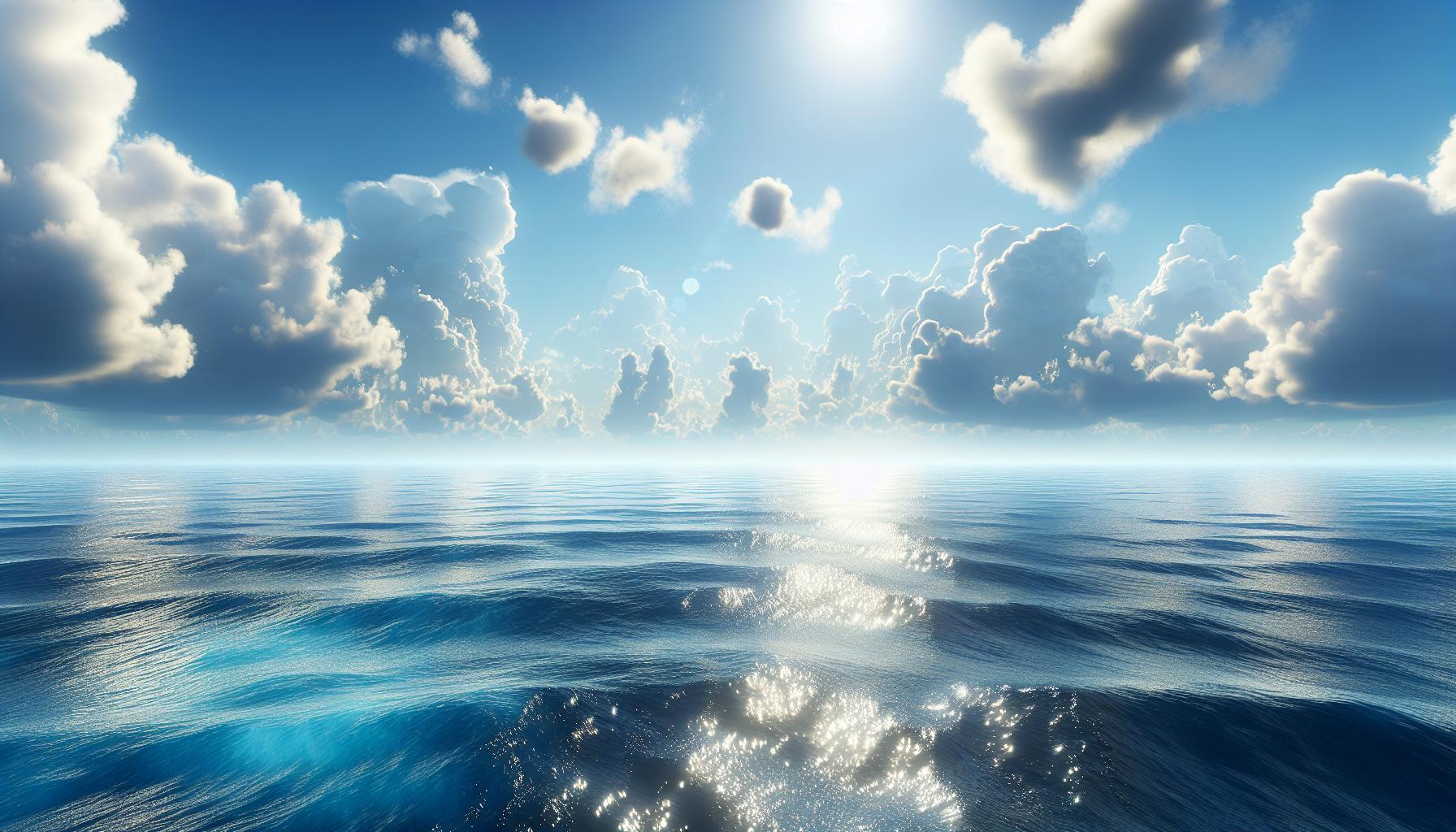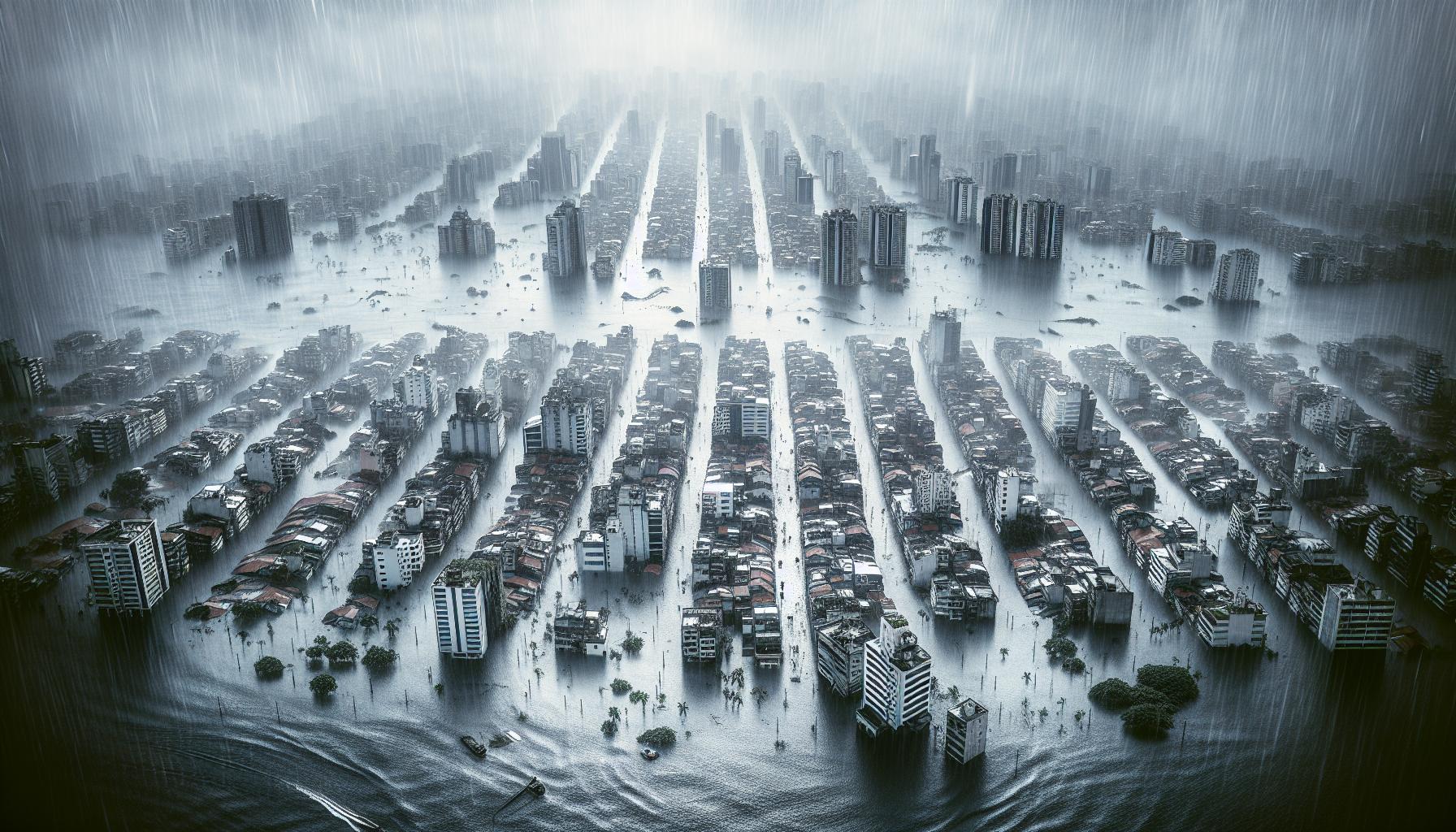Water’s endless journey through Earth’s ecosystems is nothing short of magical. From the depths of oceans to the heights of mountains, this remarkable cycle keeps our planet’s most precious resource in constant motion. It’s nature’s ultimate recycling system that’s been running smoothly for billions of years.
Think of the water cycle as Earth’s greatest magic trick – where water transforms from liquid to vapor and back again. This incredible process, also known as the hydrologic cycle, ensures that every raindrop falling from the sky today might have once been part of an ancient ocean or trapped in a prehistoric glacier. It’s the same water dinosaurs drank millions of years ago making its way through time to fill our glasses today.
Facil:zwrkvmrwpi4= Ciclo Del Agua
The water cycle represents Earth’s natural circulation system that distributes water throughout the planet’s atmosphere, land surfaces and oceans. This continuous process involves multiple transformations of water between different states through various physical processes.
States of Water in Nature
Water exists in three fundamental states across Earth’s diverse environments. Liquid water fills oceans, lakes, rivers and underground aquifers, comprising 96.5% of Earth’s total water volume. Solid water appears as ice in glaciers, snow caps and frozen bodies, accounting for 2.5% of global water resources. Water vapor moves through the atmosphere as an invisible gas, making up approximately 0.001% of Earth’s water supply. These states constantly shift through phase changes:
| Water State | Percentage | Location |
|---|---|---|
| Liquid | 96.5% | Oceans, lakes, rivers |
| Solid | 2.5% | Glaciers, ice caps |
| Vapor | 0.001% | Atmosphere |
| Process | Volume (km³/year) |
|---|---|
| Evaporation | 577,000 |
| Precipitation | 577,000 |
| Atmospheric Transport | 40,000 |
Key Stages of the Water Cycle

The water cycle operates through distinct phases that transform water between its three states. Each stage plays a crucial role in maintaining Earth’s water distribution system.
Evaporation from Water Bodies
Solar radiation heats surface water molecules, causing them to break free from their liquid state into vapor form. Large water bodies like oceans contribute 90% of atmospheric moisture through evaporation. Lakes, rivers, soil moisture, and plant transpiration release additional water vapor into the air. The evaporation rate increases with higher temperatures, stronger winds, and lower humidity levels.
| Water Source | Contribution to Evaporation |
|---|---|
| Oceans | 90% |
| Land Sources | 10% |
Condensation in the Atmosphere
Rising water vapor cools at higher altitudes, forming tiny water droplets through condensation. These droplets cluster around microscopic particles like dust, salt, or smoke to create clouds. The average cloud contains 1.1 grams of water per cubic meter. Cold air temperatures accelerate the condensation process by reducing the atmosphere’s capacity to hold water vapor. Different cloud formations indicate varying moisture levels, altitude patterns, and potential precipitation types.
Precipitation Back to Earth
Condensed water droplets combine until gravity pulls them earthward as precipitation. Rain drops measure between 0.5 to 6 millimeters in diameter. Snow crystals form when temperatures fall below freezing. Precipitation patterns vary by region, with tropical areas receiving an average of 200 inches annually while deserts collect less than 10 inches. Global precipitation returns 505,000 cubic kilometers of water to Earth’s surface each year.
Water Cycle in Different Ecosystems

The water cycle exhibits distinct characteristics across various ecosystems on Earth, with each environment displaying unique patterns of water movement and transformation. These variations create specialized hydrological processes that maintain the balance of water resources in different biomes.
Oceans and Marine Systems
Oceans dominate Earth’s water cycle, covering 71% of the planet’s surface. Marine systems experience enhanced evaporation rates due to direct solar radiation and vast surface areas. The average ocean evaporation rate reaches 1,000 millimeters annually, contributing 86% of global atmospheric moisture. Salt concentrations increase in surface waters during evaporation, creating density differences that drive ocean currents. Marine clouds form through condensation of water vapor, producing precipitation that returns 78% of evaporated ocean water directly back to marine environments. The remaining 22% transfers to terrestrial areas through atmospheric transport.
Terrestrial Environments
Terrestrial ecosystems display diverse water cycle patterns based on climate zones and vegetation types. Forests capture 35% of precipitation through canopy interception before it reaches the ground. Soil moisture evaporation accounts for 40% of terrestrial water return to the atmosphere. Plants contribute significantly through transpiration, releasing 300-500 liters of water per day per mature tree. Groundwater systems store 30.1% of Earth’s freshwater, replenishing through infiltration from surface precipitation. Desert environments experience rapid evaporation rates of surface water, while tundra regions maintain frozen water states for extended periods.
Impact of Climate Change on the Water Cycle

Climate change alters fundamental processes of the water cycle through rising global temperatures. Rising temperatures accelerate evaporation rates from oceans lakes rivers by 7% for each 1°C increase. Higher evaporation creates 4% more atmospheric water vapor per degree Celsius.
| Impact | Measurement | Effect |
|---|---|---|
| Temperature Increase | +1°C | +7% Evaporation |
| Atmospheric Moisture | +1°C | +4% Water Vapor |
| Extreme Precipitation | +1°C | +7% Intensity |
Disrupted precipitation patterns manifest in several ways:
- Intense rainfall events cause flooding in coastal urban areas
- Extended dry periods create drought conditions in inland regions
- Shifting storm tracks alter regional water availability
- Earlier spring snowmelt reduces summer water resources
Ocean circulation changes affect moisture transport patterns:
- Warming surface waters modify evaporation zones
- Altered ocean currents redistribute heat energy
- Changed atmospheric circulation impacts cloud formation
- Modified storm trajectories affect precipitation distribution
These modifications impact ecosystem stability:
- Reduced soil moisture affects plant growth cycles
- Changed streamflow patterns disrupt aquatic habitats
- Modified groundwater recharge affects water availability
- Accelerated glacial melt alters downstream water supplies
- Increased water vapor amplifies greenhouse effects
- Enhanced evaporation accelerates the water cycle
- Modified cloud cover affects surface temperatures
- Changed precipitation patterns influence vegetation cover
Preserving Earth’s Water Resources
Conservation practices protect Earth’s limited freshwater supply through efficient management systems. Smart irrigation technologies reduce agricultural water usage by 30% compared to traditional methods. Rainwater harvesting systems capture precipitation for household use, decreasing municipal water demand by 40%.
Water-efficient appliances demonstrate significant conservation potential:
- Low-flow showerheads reduce water consumption by 2.5 gallons per minute
- Dual-flush toilets save 4,000 gallons annually per household
- Water-smart dishwashers use 3 gallons per cycle versus 27 gallons for hand washing
Industry innovations maximize water conservation:
- Drip irrigation systems achieve 95% water use efficiency
- Water recycling facilities recover 85% of processed water
- Smart meters detect leaks saving 10,000 gallons per household yearly
| Conservation Method | Annual Water Savings (Gallons) |
|---|---|
| Rainwater Harvesting | 6,000 |
| Low-flow Fixtures | 15,000 |
| Leak Detection | 10,000 |
| Greywater Systems | 7,000 |
Sustainable urban planning incorporates green infrastructure to manage stormwater runoff. Permeable pavements reduce surface water flow by 80%. Bioswales filter 90% of pollutants from urban runoff while recharging groundwater supplies.
Ecosystem protection safeguards natural water filtration systems. Wetlands filter 7.7 million gallons of water per acre annually. Healthy forests improve water quality by removing 95% of sediments through natural filtration processes.
Advanced wastewater treatment technologies enable water reuse opportunities. Membrane filtration systems recover 99.9% of contaminants. UV disinfection eliminates 99.99% of harmful microorganisms without chemical additives.
Conclusion
The water cycle stands as a testament to nature’s remarkable ability to sustain life on Earth through its continuous movement and transformation of water. This intricate system faces significant challenges from climate change but also presents opportunities for sustainable management and conservation.
Through understanding and respecting this vital process we can better protect our planet’s water resources. Modern technologies and conservation practices offer promising solutions to preserve this precious resource. The future of Earth’s water cycle depends on our collective efforts to maintain its delicate balance while adapting to environmental changes.



